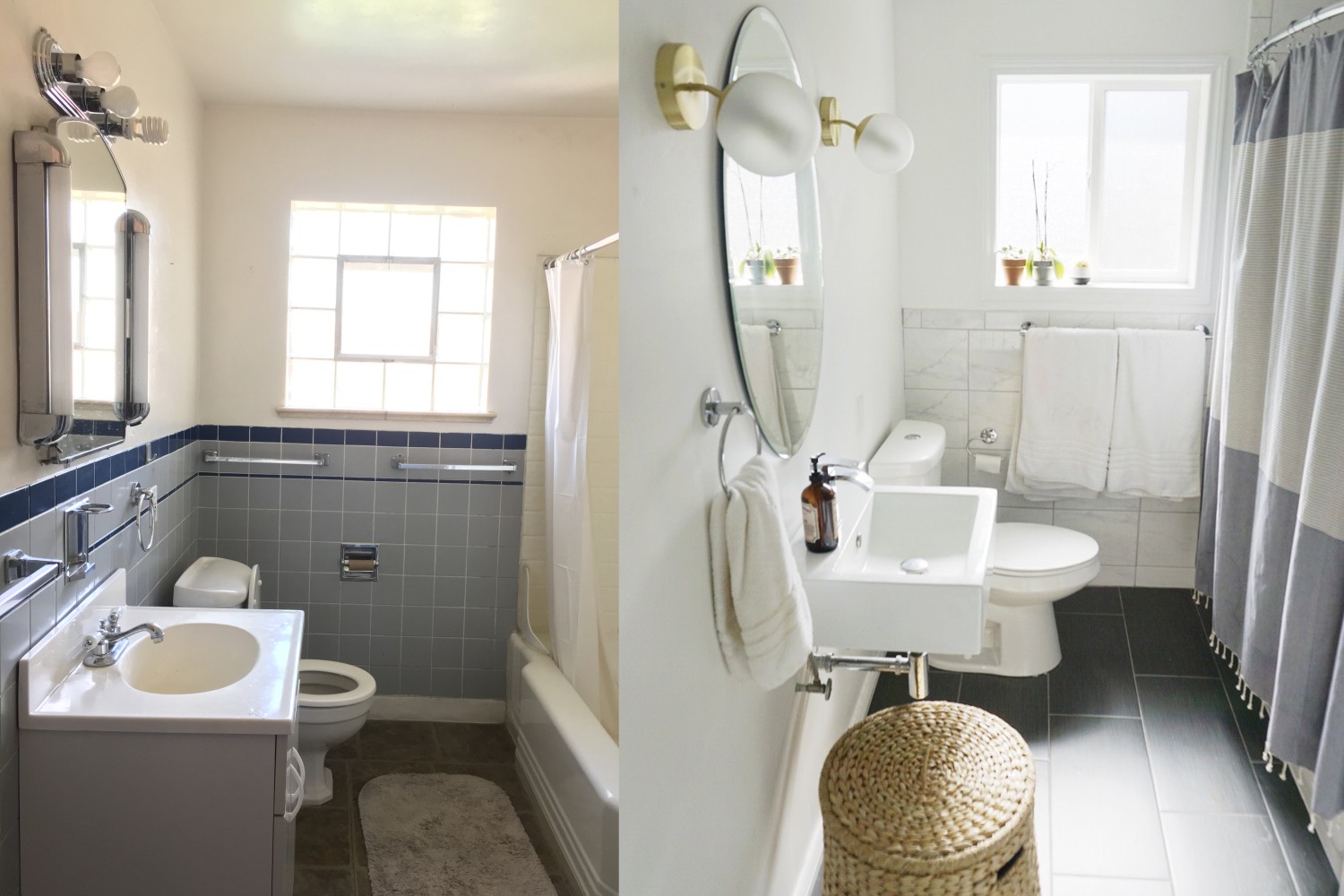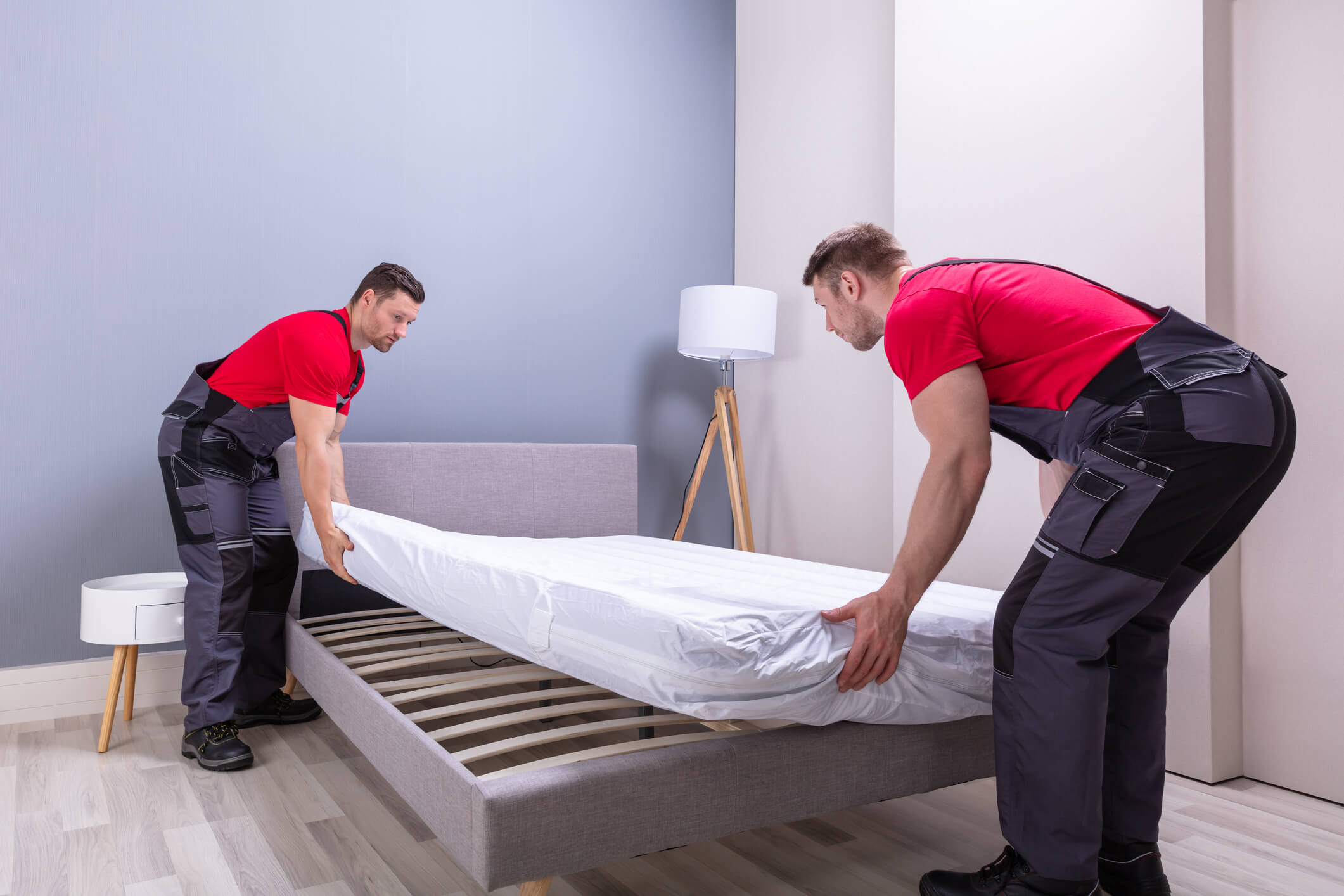A fixer-upper house is a property that needs some repairs, updating, or remodeling. It’s usually an older home, and the term is most often used in the real estate market.
Buying a fixer-upper can be a great way to get a bargain on a property, but it’s important to be aware of the potential risks and challenges involved. One of the biggest dangers is getting in over your head—repair and renovation costs can quickly spiral out of control.
It’s also important to make sure that any structural or safety issues are addressed before you start cosmetic work. Otherwise, you could end up with a beautiful house that’s not actually safe to live in.
But if you’re willing to take on the challenge, a fixer-upper can be a great opportunity to get the home of your dreams at an affordable price. Just be sure to do your research and go into the project with your eyes wide open.
10 Tips Before Renovating
So, you’ve bought a house, an upper-fixer one. Congratulations! Whether this is your first home or your fifth, the process of renovating it to make it your own can be both exciting and daunting.
If you’re planning on tackling some of the renovations, there are a few things you should keep in mind before you get started. Here are 10 tips to help you make the most of your upper-fixer house renovation.
1. Plan Ahead
This may seem like a no-brainer, but it’s important to have a clear vision of what you want your renovated home to look like before you start tearing down walls (literally).
Having a plan will not only help you stay on budget, but it will also help to prevent any costly mistakes. Not sure where to start? Hire an interior designer or consult with a friend or family member who has experience with home renovations.
2. Get Organized
Once you’ve done your research or have a plan in place, it’s time to get organized. This means creating a schedule, ordering materials, and making sure that everything is ready to go before the first day of demolition.
The last thing you want is to be halfway through the project and realize that you’re missing a critical piece of equipment or material.
3. Set a Budget
Once you have a plan in place, it’s time to set a budget. How much money are you willing to spend on this project? It’s important to be realistic here; if you overspend on one part of the renovation, it may mean cutting back somewhere else.
There are plenty of ways to save money during a home renovation; for example, instead of buying new furniture, try refinishing some old pieces that you already have. Or, if you’re handy with a paintbrush, tackle the painting yourself instead of hiring someone to do it for you.
4. Set Aside Extra Money
No matter how well you plan, there are always going to be unforeseen costs when renovating a house. Whether it’s an unanticipated repair or an unexpected delay, having some extra money set aside will help ensure that your project stays on track financially.
5. Get the Proper Permits
Ask your local building department if you need any permissions before beginning any demolition or construction work. You might require a permit for electrical work, plumbing work, or even just for hanging new drywall, depending on the extent of the work.
Failing to get the proper permits can result in hefty fines, so save yourself the headache and do your research ahead of time.
6. Know When to Call in the Professionals
There are some things that are best left to professionals—electrical, and plumbing work. Most especially the installing of windows, where they should be perfectly fitted to avoid gaps; Mighty Dog Roofing could be your ultimate solution on that. Unless you’re confident in your ability to do these things correctly (and safely!), leave them to the experts and focus on other parts of the renovation that you can handle yourself.
7. Safety First
Speaking of safety, be sure to take all necessary precautions when working on your home renovation project. This includes wearing protective gear (gloves, goggles, etc.), using caution when handling power tools, and being aware of your surroundings at all times.
Accidents happen, but by taking some simple safety precautions, you can help prevent them from happening in the first place.
8. Don’t Overlook the Details
It’s easy to get caught up in the big picture when renovating your home; however, don’t forget about all of the little details that go into making a house a home.
Things like doorknobs, light fixtures, and cabinet hardware—these are all important elements that should not be overlooked when renovating your upper-fixer house. Pay attention to even the smallest details and choose finishes that reflect your personal style and taste.

9. Take Your Time
Renovating your home is not something that is going to happen overnight; depending on the scope of work involved, it could take weeks or even months to complete everything on your list.
Don’t try to rush through the process; instead, take your time and enjoy watching your vision come together piece by piece. After all, this is YOUR home—it’s worth taking the time to do it right!
10. Enjoy the Process
This might be one of the most important tips on the list: enjoy yourself! While renovating can be stressful at times, it’s also an exciting process. Seeing your vision come together piece by piece is immensely satisfying, so savor every moment (even if that moment is covered in dust).
Conclusion
Renovating an upper-fixer house can be an exciting and rewarding experience—but it’s not without its challenges. By following these 10 tips before getting started on your project, you can help ensure that everything goes smoothly (and avoid any costly mistakes along the way). So what are you waiting for? Get started today and turn that fixer-upper into your dream home!










